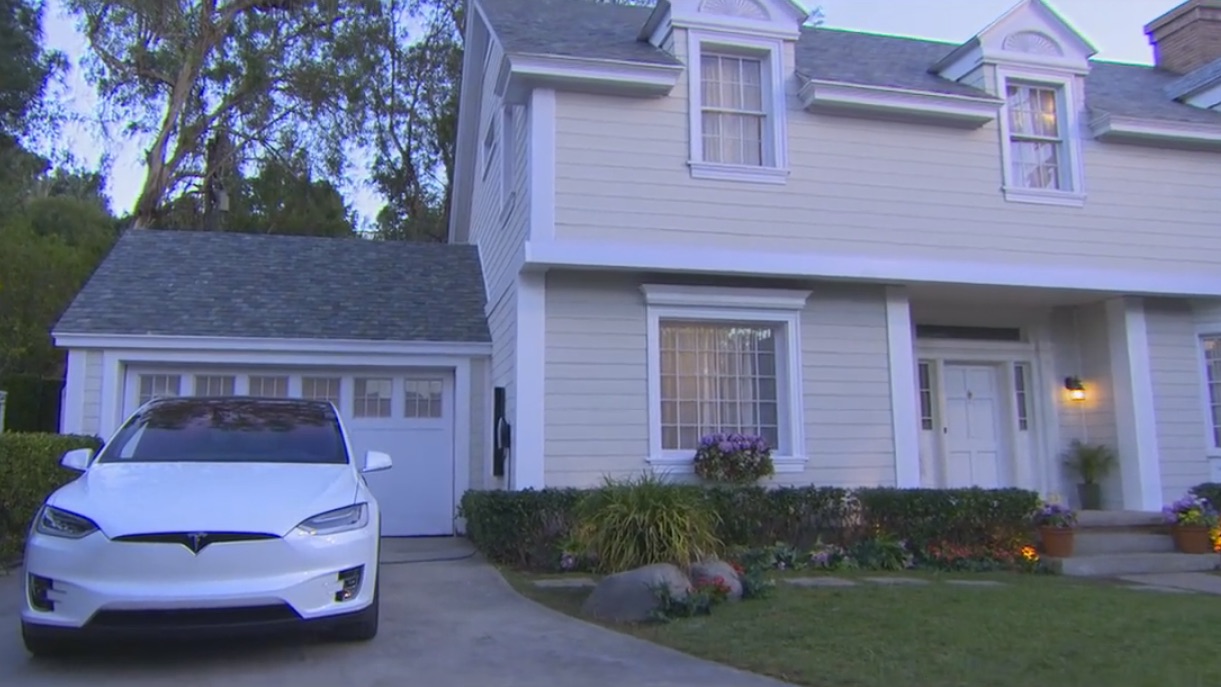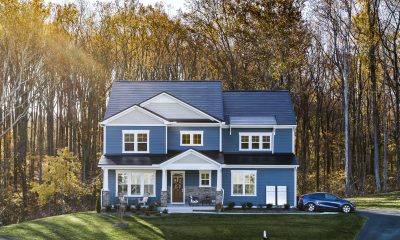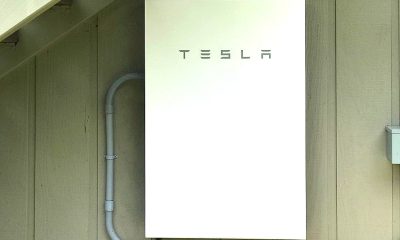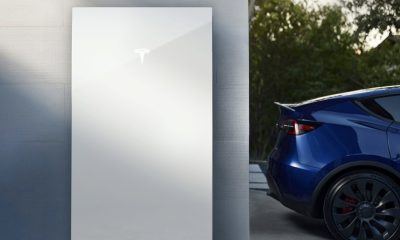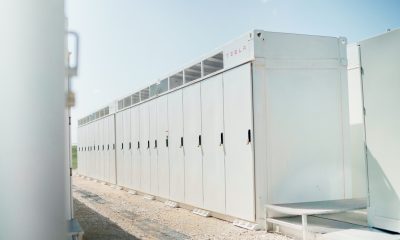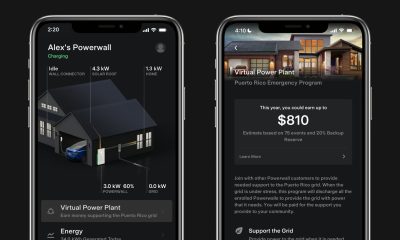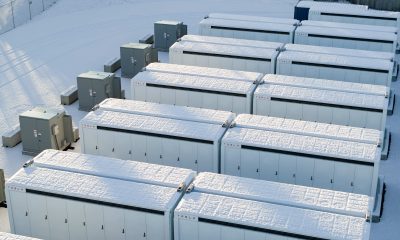
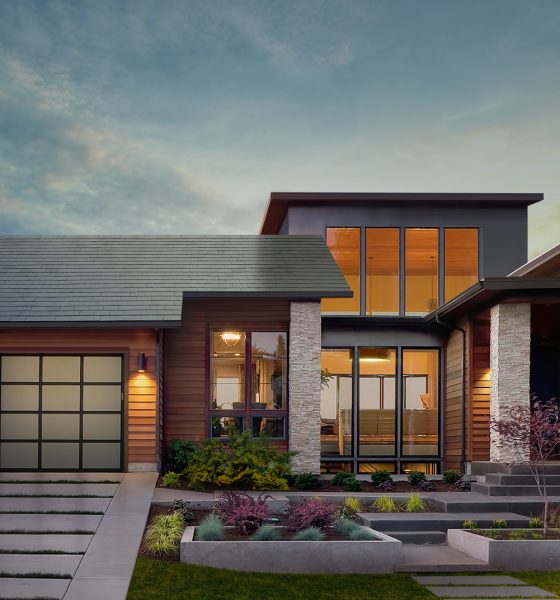
Energy
How much will a Tesla Solar Roof cost on my home?
Updated May 10, 2017: Tesla has provided an online calculator that attempts to compute the cost of a Tesla Solar Roof based on a home’s approximated square foot and number of stories. Single story homes are presumed to have double the roof surface area than a 2-story home with the same interior space. Here are some estimates on how much a Tesla Solar Roof will cost depending on the size of the home:
- 1.500 square feet (1 story) – $55,600
- 1,500 square feet (2 story) – $29,500
- 2.000 square feet (1 story) – $72,700
- 2,000 square feet (2 story) – $38,300
- 3,000 square feet (1 story) – $55,600
- 3,000 square feet (2 story) – $106,600
- 5,000 square feet (1 story) – $155,300
- 5,000 square feet (2 story) – $89,700
Solar Roof costs outlined are based on 60% solar coverage and does not take into account value of energy produced from the roof tiles themselves. The cost also does not factor in any local solar tax credits which varies by region.
—
Originally published post below:
Tesla’s new Solar Roof tiles are the hot topic of conversation right now. At the official reveal event, Elon Musk asked rhetorically, “So, why would you buy anything else?” In a new analysis, Consumer Reports (CR) tries to answer that question.
In the absence of pricing information from Tesla, Consumer Reports decided to make some assumptions of its own. People may quibble with them, but they at least establish a baseline that can be used to begin the discussion.
CR reached out to some knowledgeable roofing sources such as the Slate Roofing Contractors Association, the Tile Roofing Institute, and the folks behind the Remodeling 2016 Cost vs. Value Report. Assuming a typical roof size in the US of 3,000 square feet, it determined the average cost of a clay tile roof is $16,000, an asphalt shingle roof is $20,000 and a slate roof is $45,000.
CR then assumed the average annual utility bill for that typical home is $2,000. Multiplying that by the 30 year life span Tesla says customers can expect from their Solar Roof, that comes out to $60,000. Consumer Reports then backed out the $6,500 assumed cost of installing a Tesla Powerwall 2 from the projected cost of electricity and declared that a Tesla glass tile roof would have to cost no more than $73,500 in order to compete successfully with a normal asphalt shingle roof.
Note that in these calculations, the customer is expected to pay for 30 years of electricity up front. CR makes no adjustment for what the costs of financing that amount immediately might amount to over that same 30 year period. The analysis also does not factor in the location of the home, the angle of the roof, or its orientation toward the sun. Clearly, a roof in southern California will generate more electricity over its useful life than a roof in the northeast.
The team at CR also assume the combination of a solar roof and a Powerwall system will supply all of a home’s energy needs without the need to draw (and pay for) additional power from the grid. Finally, no allowance is made for the monthly fees many utility companies assess to homeowners who have residential solar systems. The industry position is that rooftop solar places an undue burden on the utility grid and forces the bills of other customers to increase.
Elon said last Friday the Tesla Solar Roof tiles will “look better than a normal roof, generate electricity, last longer, have better insulation, and actually have an installed cost that is less than a normal roof plus the cost of electricity.”
He is absolutely right about the aesthetics.” People like the idea of being energy efficient, but solar panels can be an eyesore,” says Giovanni Bozzolo, a partner at Roof4Less roofing in Seattle, Wash. “To be able to combine the energy savings with aesthetics would be a very big thing in the industry. But the pricing has to be right.”
So, will the pricing be right? After Consumer Reports checked all its sources, made all its assumptions, and crunched all its numbers, it said in order to be competitive, a Tuscan tile roof needs to cost less than $69,500 ($2,300 per 100 square foot). A smooth or textured tile roof needs to cost less than $73,500 ($2,450 per 100 square feet). A slate tile roof needs to cost less than $98,500 ($3,300 per 100 square feet).
Two important factors we don’t know are the cost of installation for a Solar Roof or the skill level installers will need. “Roofers aren’t electricians and vice versa, so I’m most interested in seeing how the costs of labor affect the end price to consumers,” says Vikram Aggarwal, CEO of EnergySage, an online marketplace of solar installers.
Elon Musk is right about one thing. The Solar Roof products we saw at Universal Studios last week are drop dead gorgeous. Any home owner would love to have one. The question is, will they be a luxury item, like a Tesla Model S, or affordable to a broad range of homeowners, like a Model 3? The answer is, no one knows. Asked for comment, a Tesla spokesperson told Consumer Reports, “We haven’t released details on pricing.”
Energy
Tesla VP hints at Solar Roof comeback with Giga New York push
The comments hint at possible renewed life for the Solar Roof program, which has seen years of slow growth since its 2016 unveiling.

Tesla’s long-awaited and way underrated Solar Roof may finally be getting its moment. During the company’s Q3 2025 earnings call, Vice President of Energy Engineering Michael Snyder revealed that production of a new residential solar panel has started at Tesla’s Buffalo, New York facility, with shipments to customers beginning in the first quarter of 2026.
The comments hint at possible renewed life for the Solar Roof program, which has seen years of slow growth since its 2016 unveiling.
Tesla Energy’s strong demand
Responding to an investor question about Tesla’s energy backlog, Snyder said demand for Megapack and Powerwall continues to be “really strong” into next year. He also noted positive customer feedback for the company’s new Megablock product, which is expected to start shipping from Houston in 2026.
“We’re seeing remarkable growth in the demand for AI and data center applications as hyperscalers and utilities have seen the versatility of the Megapack product. It increases reliability and relieves grid constraints,” he said.
Snyder also highlighted a “surge in residential solar demand in the US,” attributing the spike to recent policy changes that incentivize home installations. Tesla expects this trend to continue into 2026, helped by the rollout of a new solar lease product that makes adoption more affordable for homeowners.
Possible Solar Roof revival?
Perhaps the most intriguing part of Snyder’s remarks, however, was Tesla’s move to begin production of its “residential solar panel” in Buffalo, New York. He described the new panels as having “industry-leading aesthetics” and shape performance, language Tesla has used to market its Solar Roof tiles in the past.
“We also began production of our Tesla residential solar panel in our Buffalo factory, and we will be shipping that to customers starting Q1. The panel has industry-leading aesthetics and shape performance and demonstrates our continued commitment to US manufacturing,” Snyder said during the Q3 2025 earnings call.
Snyder did not explicitly name the product, though his reference to aesthetics has fueled speculation that Tesla may finally be preparing a large-scale and serious rollout of its Solar Roof line.
Originally unveiled in 2016, the Solar Roof was intended to transform rooftops into clean energy generators without compromising on design. However, despite early enthusiasm, production and installation volumes have remained limited for years. In 2023, a report from Wood Mackenzie claimed that there were only 3,000 operational Solar Roof installations across the United States at the time, far below forecasts. In response, the official Tesla Energy account on X stated that the report was “incorrect by a large margin.”
Energy
Tesla China’s Megafactory helps boost Shanghai’s battery exports by 20%: report
Located in the Lingang New Area of the Shanghai Free Trade Zone, the Tesla Megafactory has been running at full throttle since opening in February.
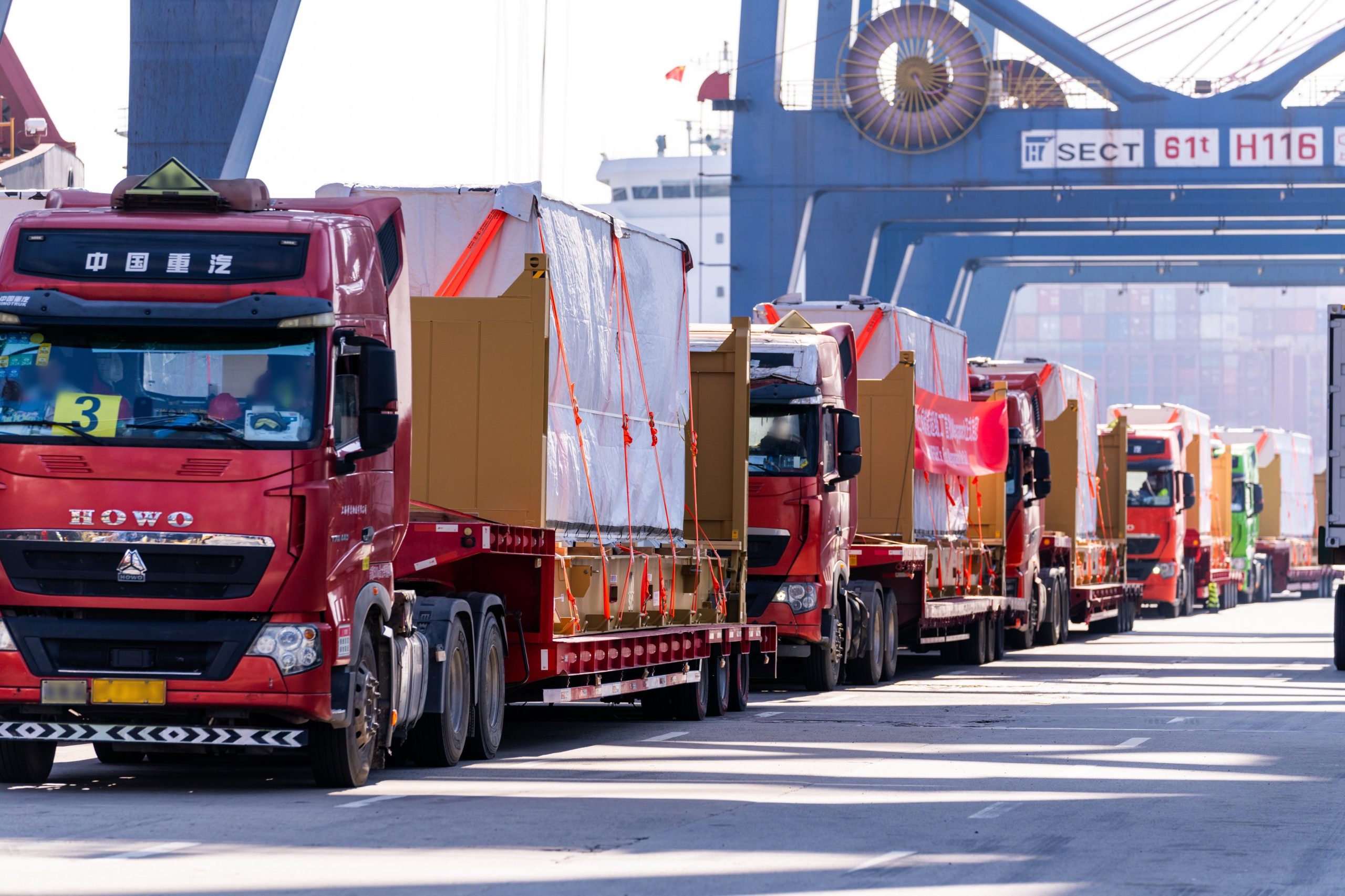
Reports from China have indicated that the Tesla Shanghai Megafactory has become a notable player in China’s booming battery export market.
Located in the Lingang New Area of the Shanghai Free Trade Zone, the Tesla Megafactory has been running at full throttle since opening in February. It produces Tesla Megapack batteries for domestic and international use.
Tesla Shanghai Megafactory
As noted in a report from Sina Finance, the Tesla Shanghai Megafactory’s output of Megapack batteries helped drive a notable rise in lithium battery shipments from the city in the first three quarters of 2025. This is quite impressive as the Megafactory is a rather young facility, though it has been steadily increasing its production capacity.
“The establishment of this benchmark factory has not only driven the rapid development of Shanghai’s energy storage industry but also become a new growth engine for foreign trade exports. Driven by the Tesla energy storage factory’s opening, Shanghai’s lithium battery exports reached 32.15 billion yuan ($4.5 billion) in the first three quarters, a 20.7% increase,” the publication wrote.
Ultimately, the Shanghai Megafactory has proved helpful to the city’s “new three” industries, which are comprised of new energy vehicles, lithium batteries, and photovoltaic systems. Exports of the “new three” products reached 112.17 billion yuan ($15.7 billion), a 6.3% year-over-year increase during the same period. The city’s total trade volume grew 5.4% year-over-year as well, with exports up 11.3%, driven largely by the clean energy sector’s performance.
Energy storage is helping Shanghai
Since opening in February, the Shanghai Megafactory has been firing on all cylinders. In late July, Tesla Energy announced that the new battery factory has successfully produced its 1,000th Megapack unit. That’s quite impressive for a facility that, at the time, had only been operational for less than six months.
Speed has always been a trademark of the Shanghai Megafactory. Similar to Tesla’s other key facilities in China, the Megafactory was constructed quickly. The facility started its construction on May 23, 2024. Less than a year later, the site officially started producing Megapack batteries. By late March 2025, Tesla China noted that it had shipped the first batch of Megapack batteries from the Shanghai plant to foreign markets.
Energy
Tesla recalls Powerwall 2 units in Australia
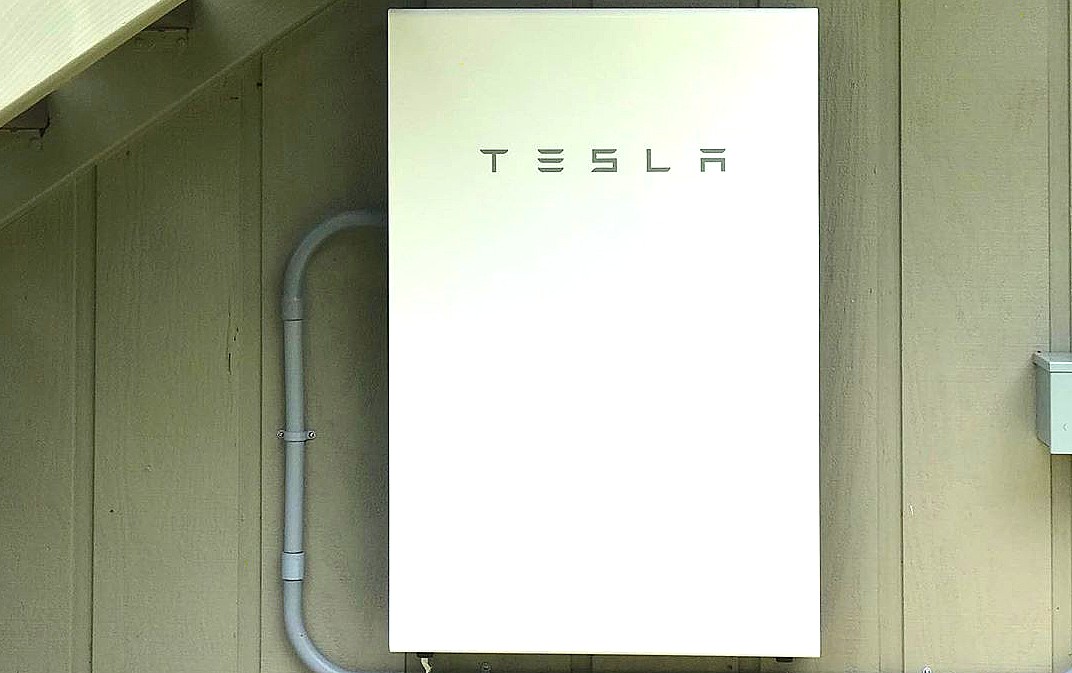
Tesla will recall Powerwall 2 units in Australia after a handful of property owners reported fires that caused “minor property damage.” The fires were attributed to cells used by Tesla in the Powerwall 2.
Tesla Powerwall is a battery storage unit that retains energy from solar panels and is used by homeowners and businesses to maintain power in the event of an outage. It also helps alleviate the need to rely on the grid, which can help stabilize power locally.
Powerwall owners can also enroll in the Virtual Power Plant (VPP) program, which allows them to sell energy back to the grid, helping to reduce energy bills. Tesla revealed last year that over 100,000 Powerwalls were participating in the program.
Tesla announces 100k Powerwalls are participating in Virtual Power Plants
The Australia Competition and Consumer Commission said in a filing that it received several reports from owners of fires that led to minor damage. The Australian government agency did not disclose the number of units impacted by the recall.
The issue is related to the cells, which Tesla sources from a third-party company.
Anyone whose Powerwall 2 unit is impacted by the recall will be notified through the Tesla app, the company said.
-

 Elon Musk2 weeks ago
Elon Musk2 weeks agoSpaceX posts Starship booster feat that’s so nutty, it doesn’t even look real
-

 Elon Musk2 weeks ago
Elon Musk2 weeks agoTesla Full Self-Driving gets an offer to be insured for ‘almost free’
-

 News2 weeks ago
News2 weeks agoElon Musk confirms Tesla FSD V14.2 will see widespread rollout
-

 News2 weeks ago
News2 weeks agoTesla is adding an interesting feature to its centerscreen in a coming update
-

 News2 weeks ago
News2 weeks agoTesla launches new interior option for Model Y
-

 News2 weeks ago
News2 weeks agoTesla widens rollout of new Full Self-Driving suite to more owners
-

 Elon Musk2 weeks ago
Elon Musk2 weeks agoTesla CEO Elon Musk’s $1 trillion pay package hits first adversity from proxy firm
-

 News1 week ago
News1 week agoTesla might be doing away with a long-included feature with its vehicles

